Nvidia Shield TV 2019 Edition Review – New and Improved!
Peter Donnell / 4 years ago
Performance
Here you can see the original Shield TV and the new one right next to it. This is a lot smaller, but it’s a very different shape too. Because the cables stick out the ends, it’s not really suitable to have on show. For me, I’d tuck this in the gap behind my centre speaker and forget it was there; simple!

Power up the system and it’s all pretty straight forward from there. I’ll no doubt tell you that there is a new firmware, so just OK that and leave it to do its thing.

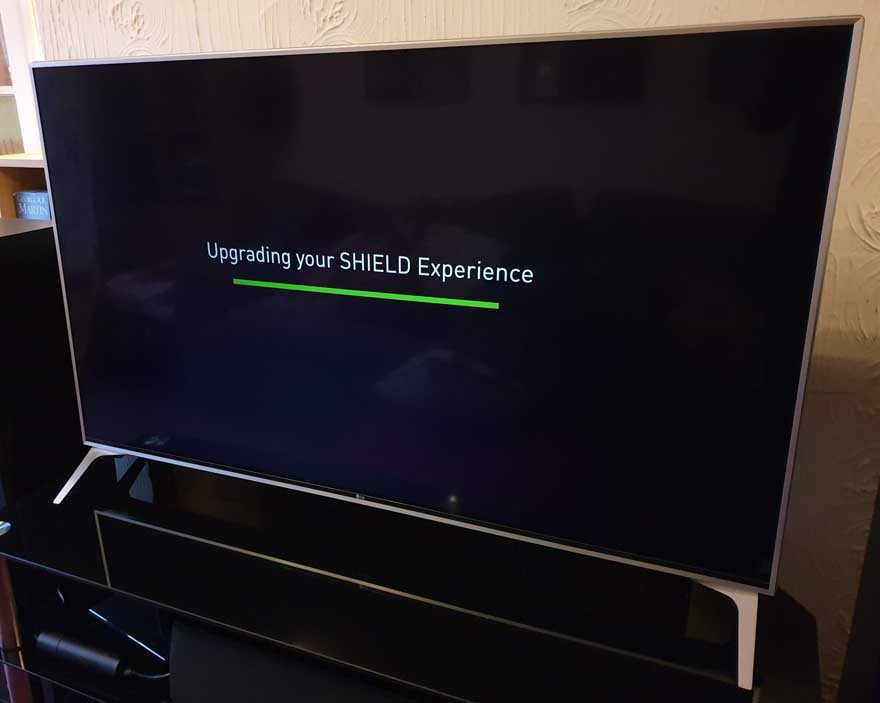
Dolby Vision
Now, let’s not muck about here, this isn’t a full review of the Shield TV, because we’ve done that several times before. It’s pretty much the same as it was before. However, there are a few new features, such as the inclusion of Dolby Vision HDR. Because my TV does support Dolby Vision, it auto-detected it and notified me to enable it. Of course, I said yes!

Dolby Atmos/DTS:X
I may have my two big floor standing speakers and centre at the front, but I’m flanked by a full 5.1.2 Dolby Atmos setup here, so that means I can really unleash all the processing the Nvidia Shield TV can offer me.
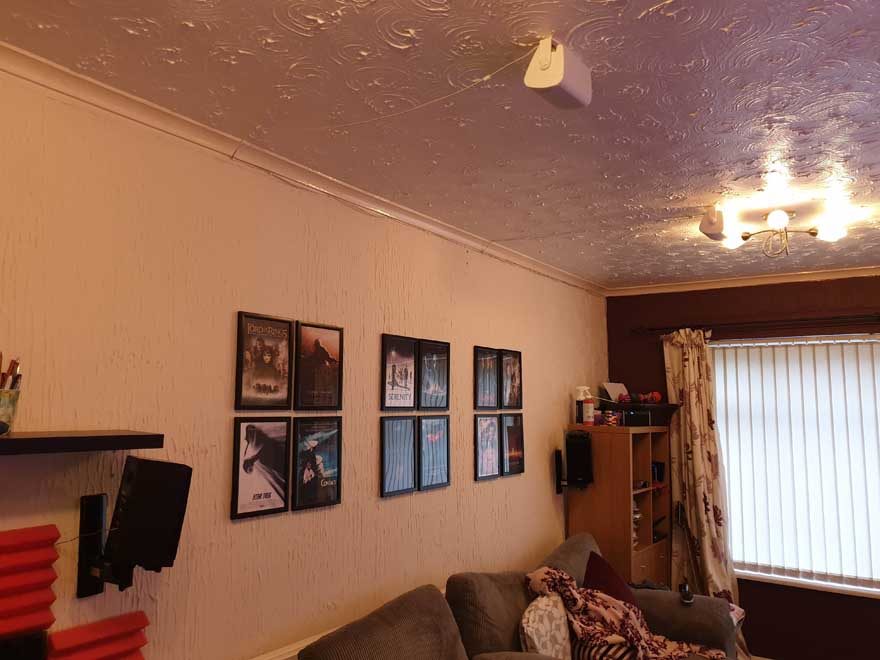

Take note though, it defaults to 60 FPS mode. You’ll want to enable auto-resolution switching in software like Plex, or configure the output using the Shield TV menus to ensure you can watch true 24 frame movies correctly.
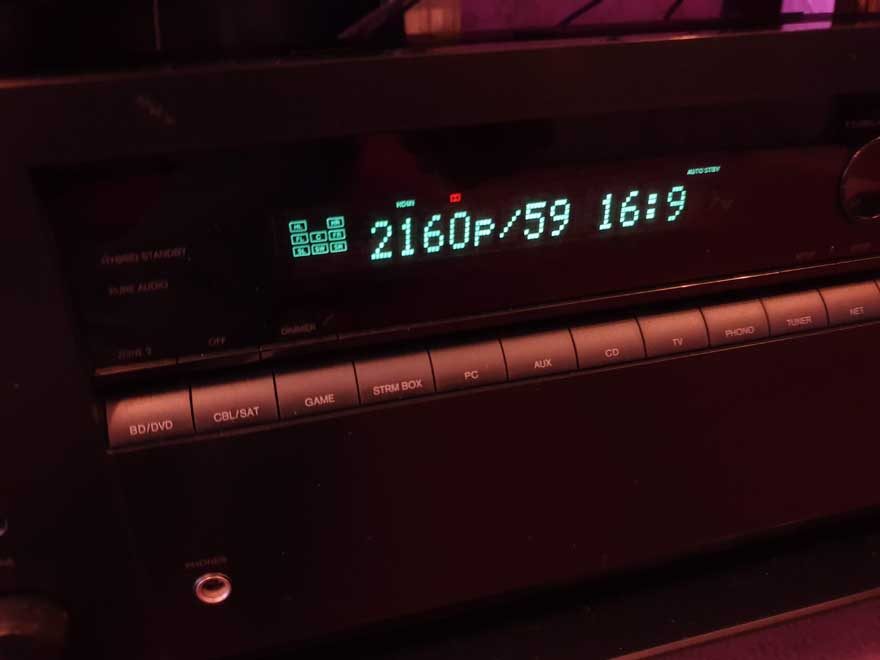
AI Upscaling
One of the big new features here is AI upscaling. It’s no good for 4K content, as that’ll already be native on your 4K screen. However, for content that is 1080p and below, it’s a pretty cool thing to have. Now, I’ve tried it out, and the results are certainly subjective.

What’s cool is that you can basically choose how aggressive you need it to be. Leaving it on a toggle between basic and AI-Enhanced with medium force seemed to be the sweet spot. It turns its self off on content that doesn’t need scaling. However, for lousy quality YouTube videos and not 4K Netflix or stuff on Plex, it worked great. I heard people saying “it doesn’t work on Plex” but I can tell you now, it absolutely does.
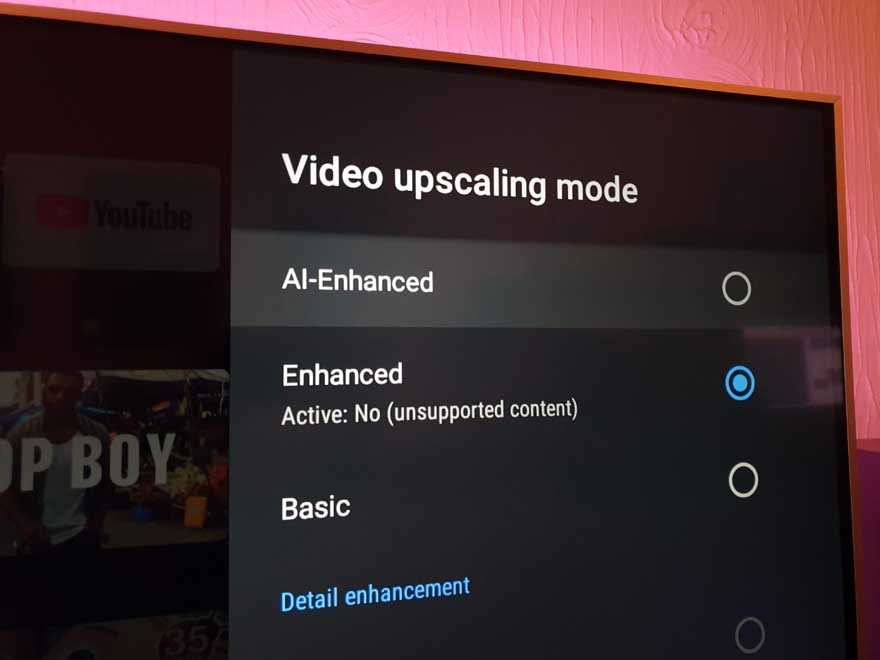
I watched a bit of Avatar (1080p) and what I notice most of all was the background detail. It was like enabling higher anisotropic filtering and sharpening, kinda like what we see with Nvidia Ansel Detail Filter.

Enthusiast Ready
What I do love is that it has such broad support for modern TVs. I know that’s like… well, duh! But seriously, there are a lot of cheap TV boxes and dongles out there that simply don’t have a full range to them. You’ve got multiple colours spaces, multiple HDR formats, and more here. This ensures it’ll work on older TVs, as well as getting the best out of high-end models; especially now that Dolby Vision is finally added.

Thanks to the HDMI pass-through of audio, you can ensure you get the most from your AV receiver too. Now, I leave mine on Auto, and it’ll select Dolby Atmos, DTS:X, or whatever is needed. However, if your amplifier, soundbar or TV has a limitation, you can set that standard here and lock it in.

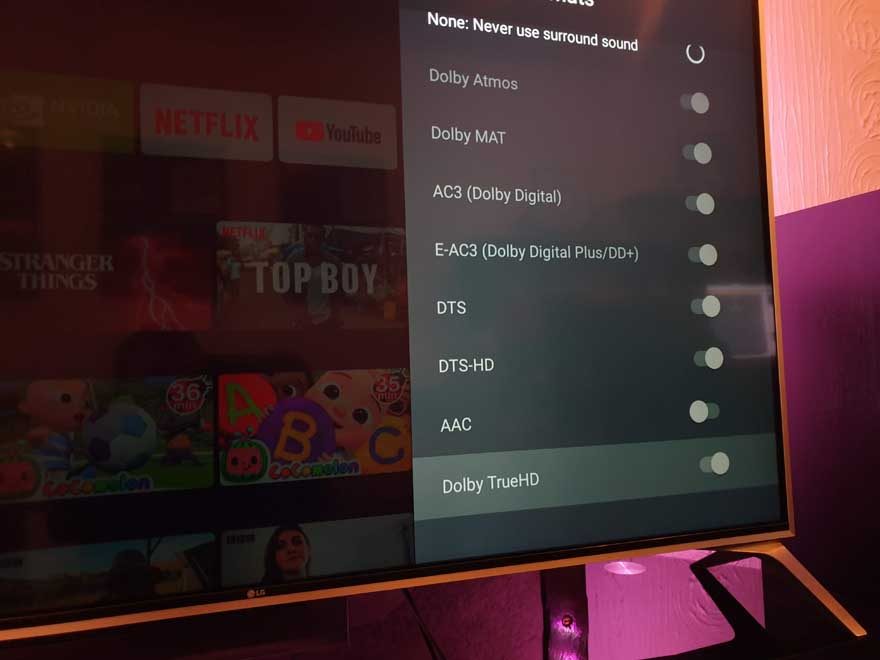
I gave it a quick test with some hi-res audio FLAC files, and just like the old Shield TV, there was no issue passing this through to my amplifier.

Netflix
A few applications will support both Dolby Vision and Dolby Atmos. However, thanks to the big “Netflix” button on the remote, this one was the obvious place to start. Netflix has done a lot of work to push both Dolby Vision and Atmos, especially on a lot of their exclusive and original content. Stranger Things offers up Dolby Vision, although it will work on the HDR10 protocol or SDR if required.

StarTrek is another one, I honestly think this show looks off somehow using HDR10. However, the colour grading works really well in Dolby Vision, so well worth checking out again if you haven’t seen it rocking DV.

However, for those of you with a more advanced home theatre setup, you’ll be looking for the double badge. If it says “VISION ATMOS” then you can enjoy both Dolby Vision and Atmos. The Shield TV had no issues pumping this through to my TV and Amp. Of course, the speakers and panel you have will need to have those features, if they don’t, you won’t see that badge here.

Unlike the Xbox One, it’ll auto-switch correctly from SDR to HDR modes. Hence why I only use the Xbox Netflix app for HDR content, as it sucks for SDR and tries to map the colour space. The Shield TV on the other hand delivers everything as intended.

Oh, the Dark Crystal series is Atmos and Vision enabled? Well, it’s at this point I took a nice long break from “testing” because, why wouldn’t you!?
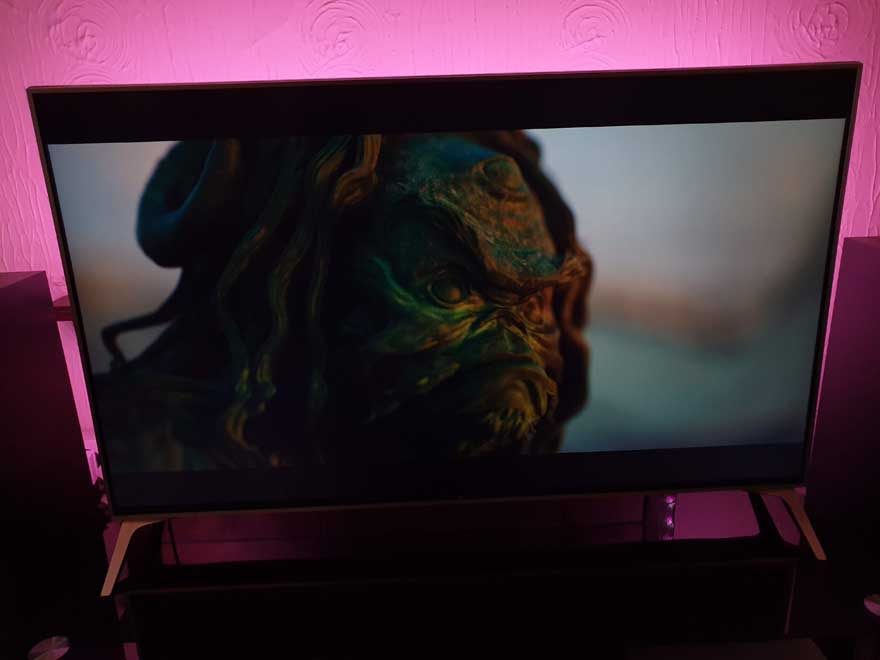
GameSteam
Honestly, I’m not going to dive into all of this as I normally would. The Nvidia Geforce Now, GameStream and Android gaming features have been covered extensively by us here at eTeknix over the years. YouTube is available in 4K as before, you can use Google Assistant to control your smart home and find TV shows to watch. All these features and here and they’re all doing what they do. Just remember, for GameSteam, you need a PC in the house with a compatible Nvidia GPU.






















